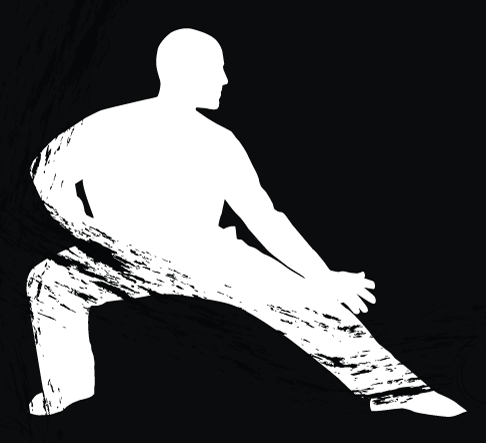The health benefits of Tai Chi practice are now scientifically documented, but how can you be sure you’re going to maximize them in your training?
Why go to the trouble of learning Tai Chi to improve your health, when you could go for a forty-five-minute walk or swim? If you are thinking of taking up Tai Chi practice for its health benefits you should ask yourself this first. Tai Chi Chuan practiced on an external level will not be more beneficial to your health than these activities which are proven to be very beneficial themselves. Tai chi practiced properly can give you more benefits than these activities but for a beginner, learning authentic tai chi is more difficult to learn than swimming.
To answer how tai chi exercise benefits health some background info is required. There is much variation in length and character among the different styles of tai chi but all of them were created from thirteen core posture concepts.
These concepts, in turn, are derived from four primary energies/forces or jins. The four energies are 1. Peng, 2. Lu, 3. Ji and 4. An. These are the same in all styles of tai chi and are what make tai chi practice so beneficial to one’s health. You can read more about the four energies and watch a video here.
Peng Jin is the basis for all the others is the most important for both the health and self-defense benefits. Peng is usually translated as ward off but it is a difficult concept to translate directly. The idea is expansive whole-body power that protects by first meeting, grounding and then repelling incoming force. Many people that practice tai chi have the wrong idea that one should just get out of the way on the incoming force by moving and lightly putting a hand out to deflect. This is usually based on a misunderstanding of the tai chi classics saying four ounces of force deflects one thousand pounds. This type of tai chi will only give the same health benefits as a walk, a swim or perhaps a simple and light chi kung exercise. Again, those activities are all easier to learn.
On the other hand, making the development of peng jin your primary goal when you practice your tai chi form will give you a lot of benefits that other conventional low-impact exercise cannot.
Practicing peng jin requires the body to be deeply rooted and connected in a natural, relaxed way. The posture lines up through properly aligned joints, muscles, and skeletal structure and is directed to the specific area that will be the focal point of peng jin. In tai chi this is usually a forearm, palm, elbow, or shoulder. This type of training strengthens the leg and sinks and improves the balance, two immediate health benefits.
When your movements are connected and working together to generate peng in this way all parts of the body become stronger together. In training peng jin areas tension or weakness in the body must be identified and corrected or there will be a weak link in whole-body force. Releasing holding overly tight muscle groups gives you the health benefits of more energy and reduced anxiety. This type of practice is slightly deeper and requires dedicated training with a good tai chi teacher.
It is amazing how much we hold in our muscles and postural tension. A unique practice concept of tai chi training is fan song. I don’t really know how to best describe this term. In the west when we say relax or chill out we are usually reffering to someones mental state. Fan song of sung is a feeling in the body. It is akin to the state of the muscles during sleep but it allows the body to maintaining and change it’s posture and structure.
When you are in this state of sung you’re not using any unnecessary energy, instead, the body feels like it is resting, even recharging. It is a nice feeling, almost like letting go of your muscles without collapsing. If there are muscle groups, ligaments, or joints that are holding tension it will be difficult to be song in these areas, to fix this you may need to practice a static posture that releases the holding area. This practice will greatly reduce anxiety and give you more energy. In conjunction with the movement, I’m sure it helps to improve circulation as well.
Many people practice Tai Chi Chuan or internal martial arts for years and never feel a sensation of chi, some don’t believe it exists, these people would be better off doing another exercise or different martial art.
Another big health benefit to practicing Tai Chi that you can learn to work with your breath and by extension chi. Breathing is good for focus and concentration as well as energy levels.

